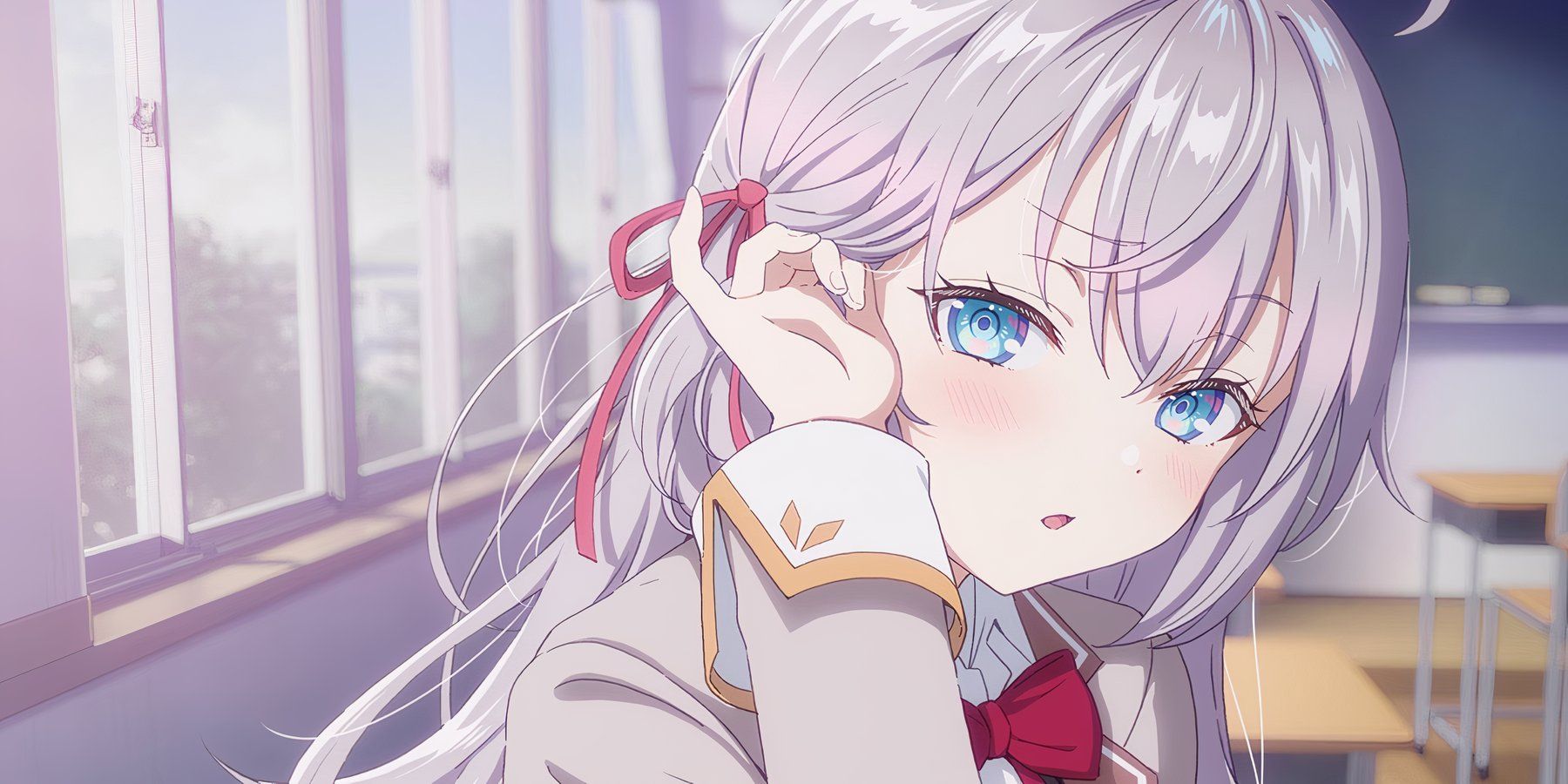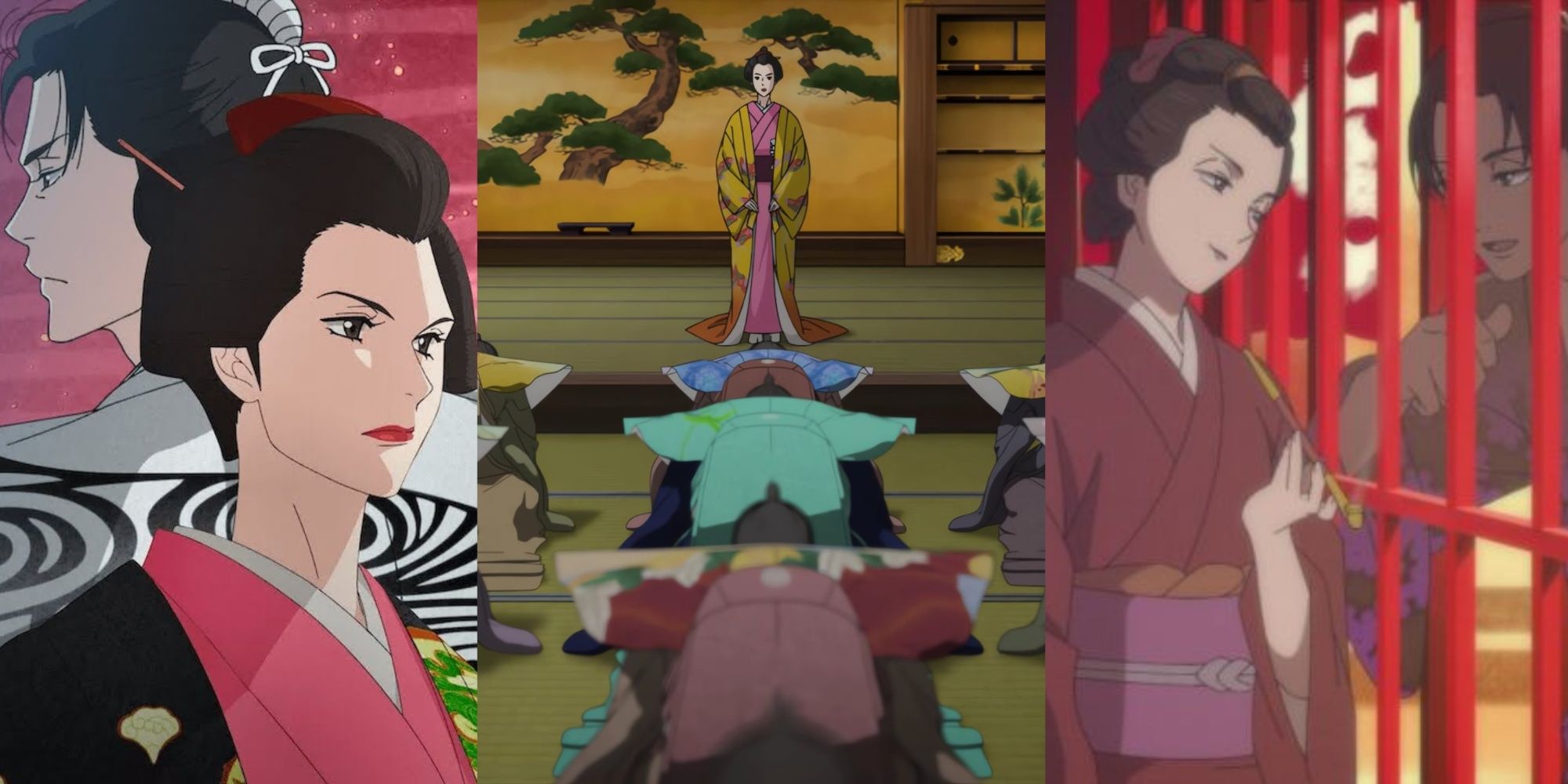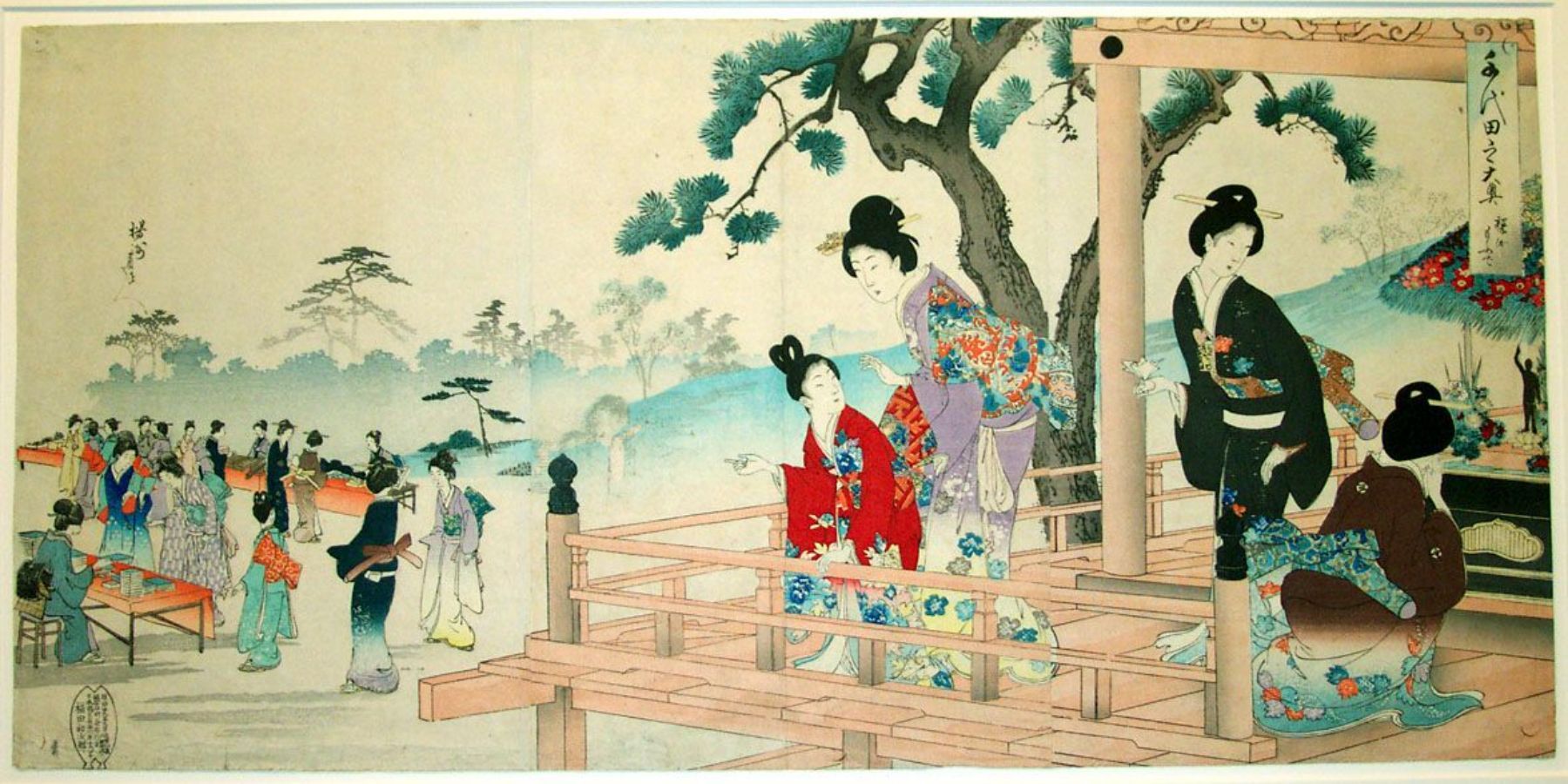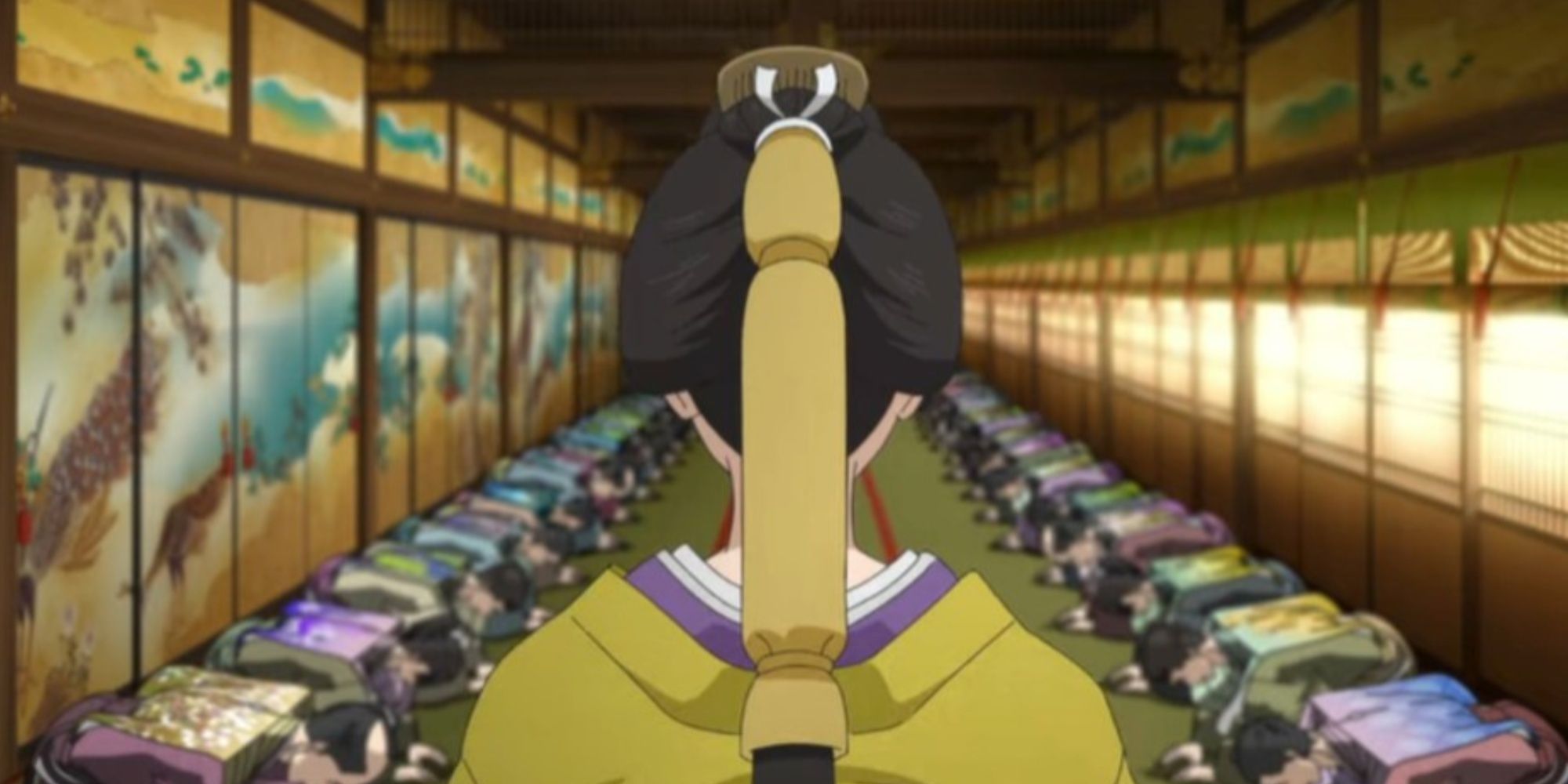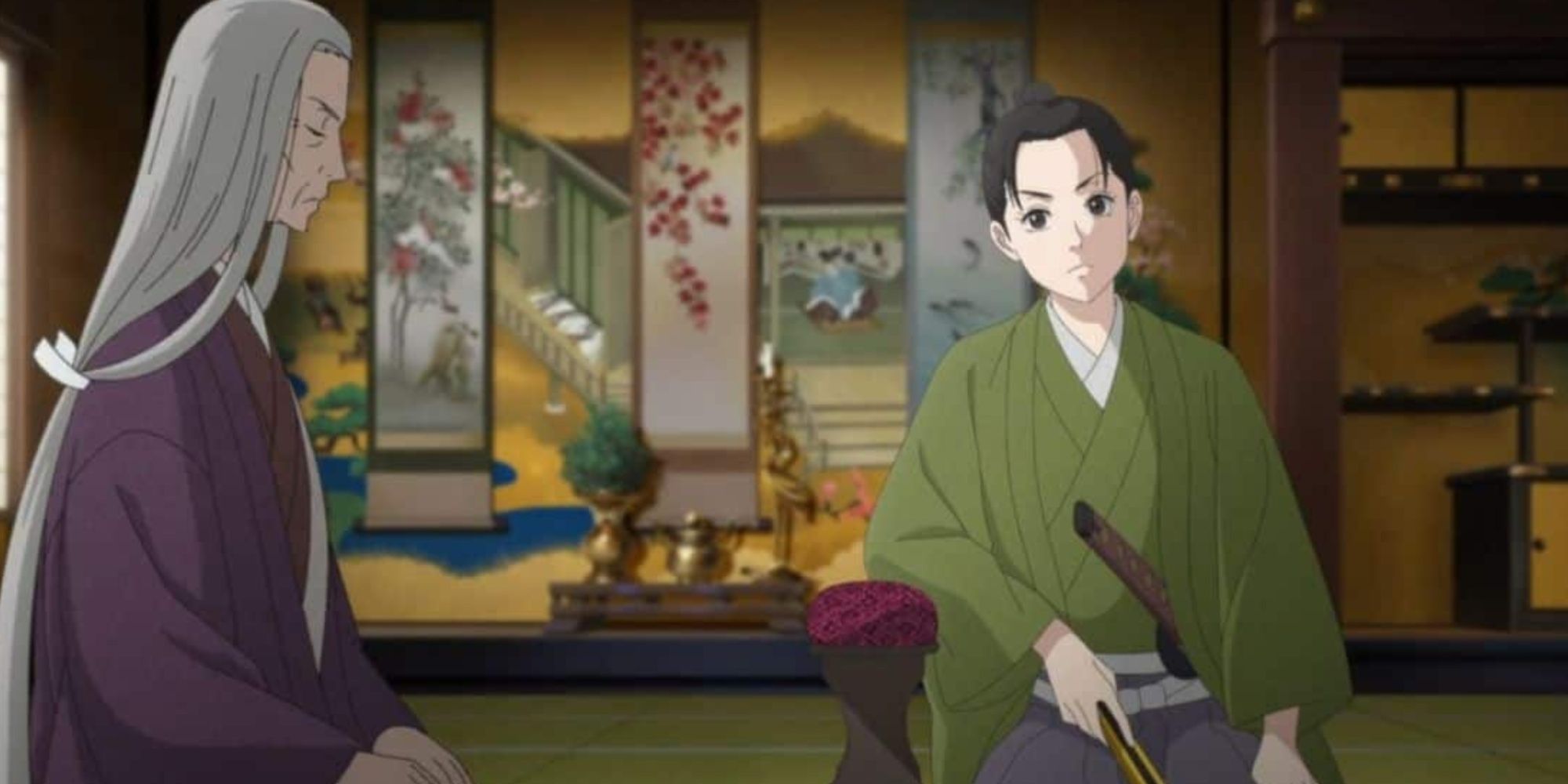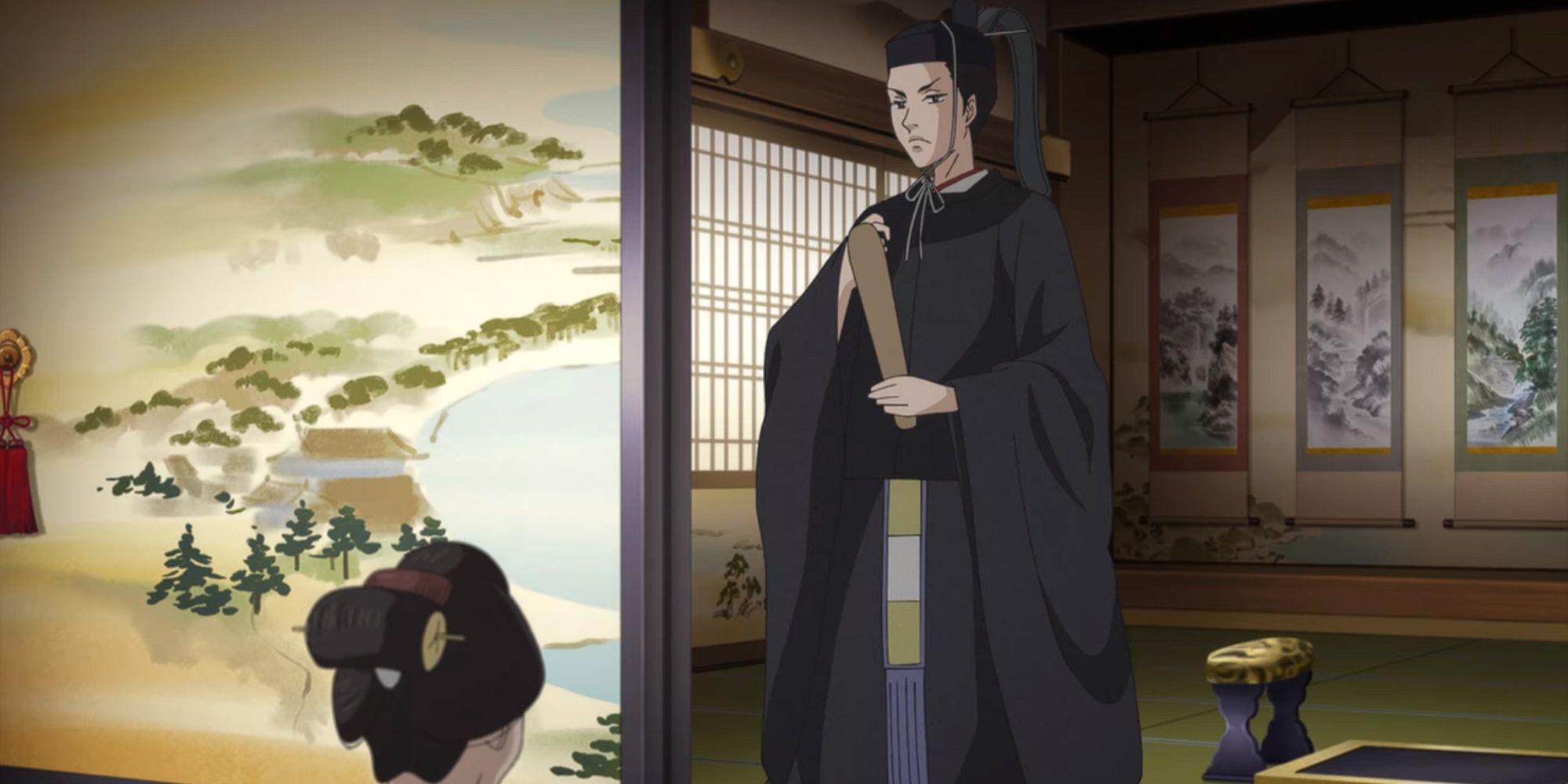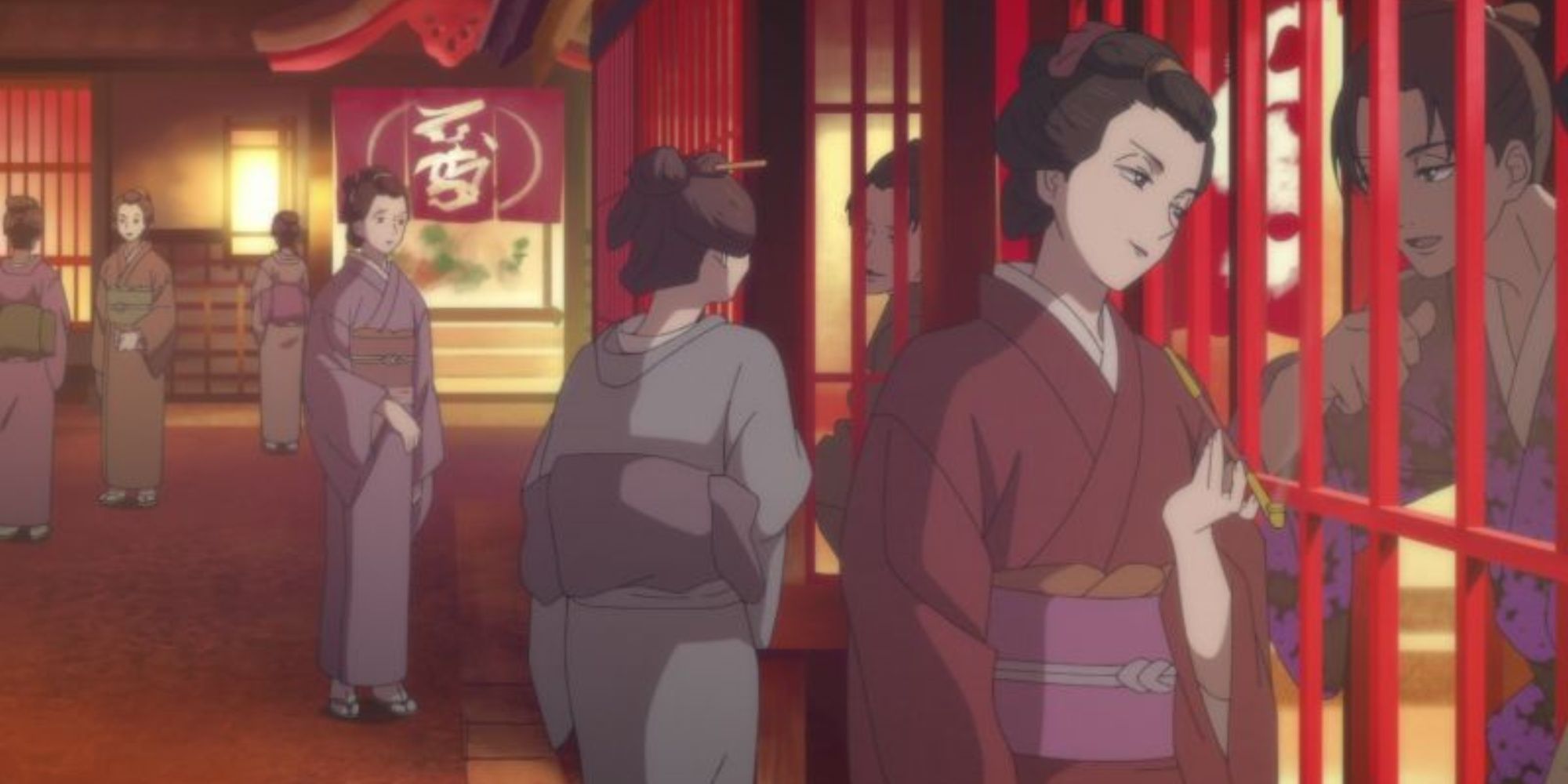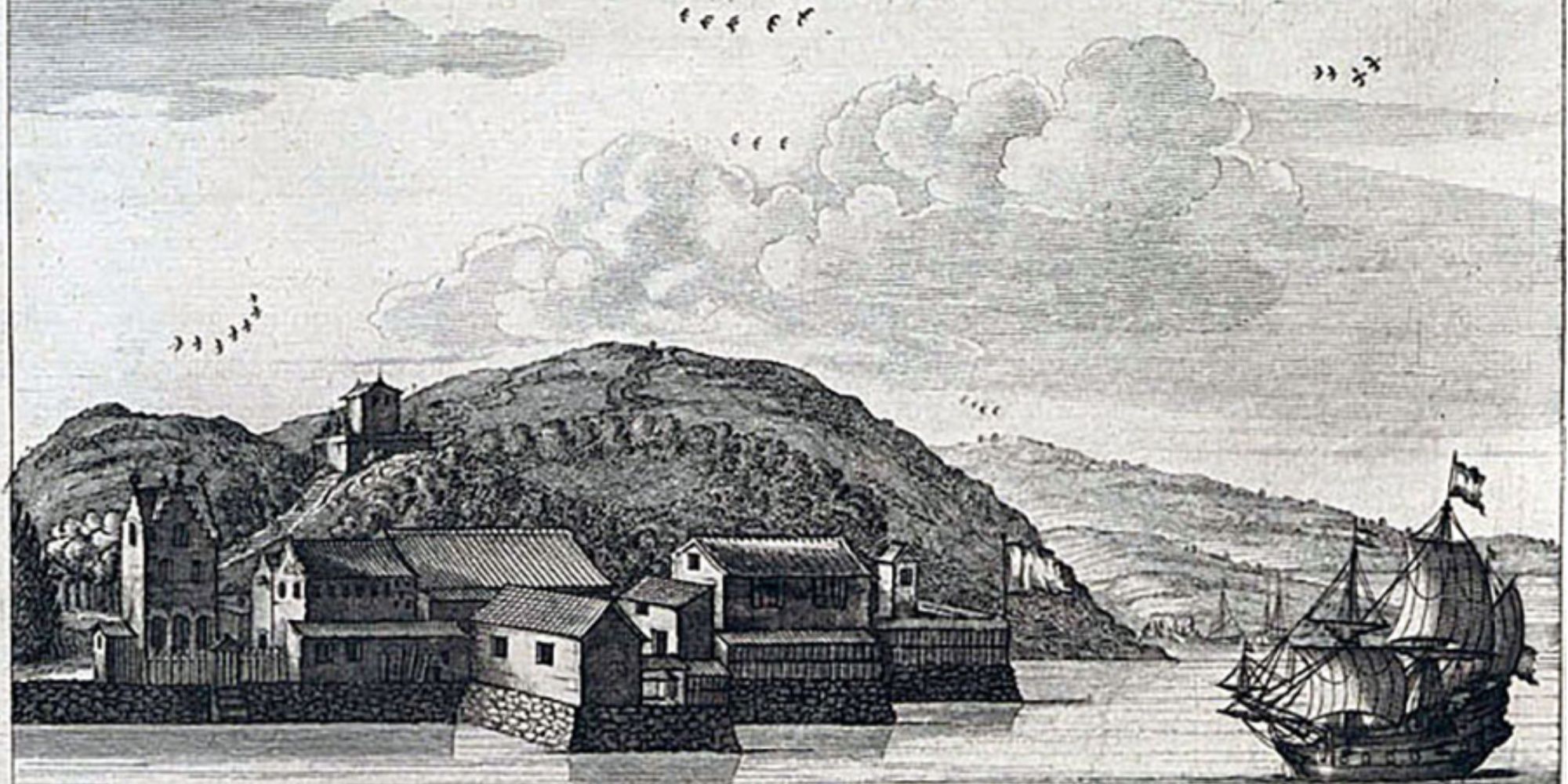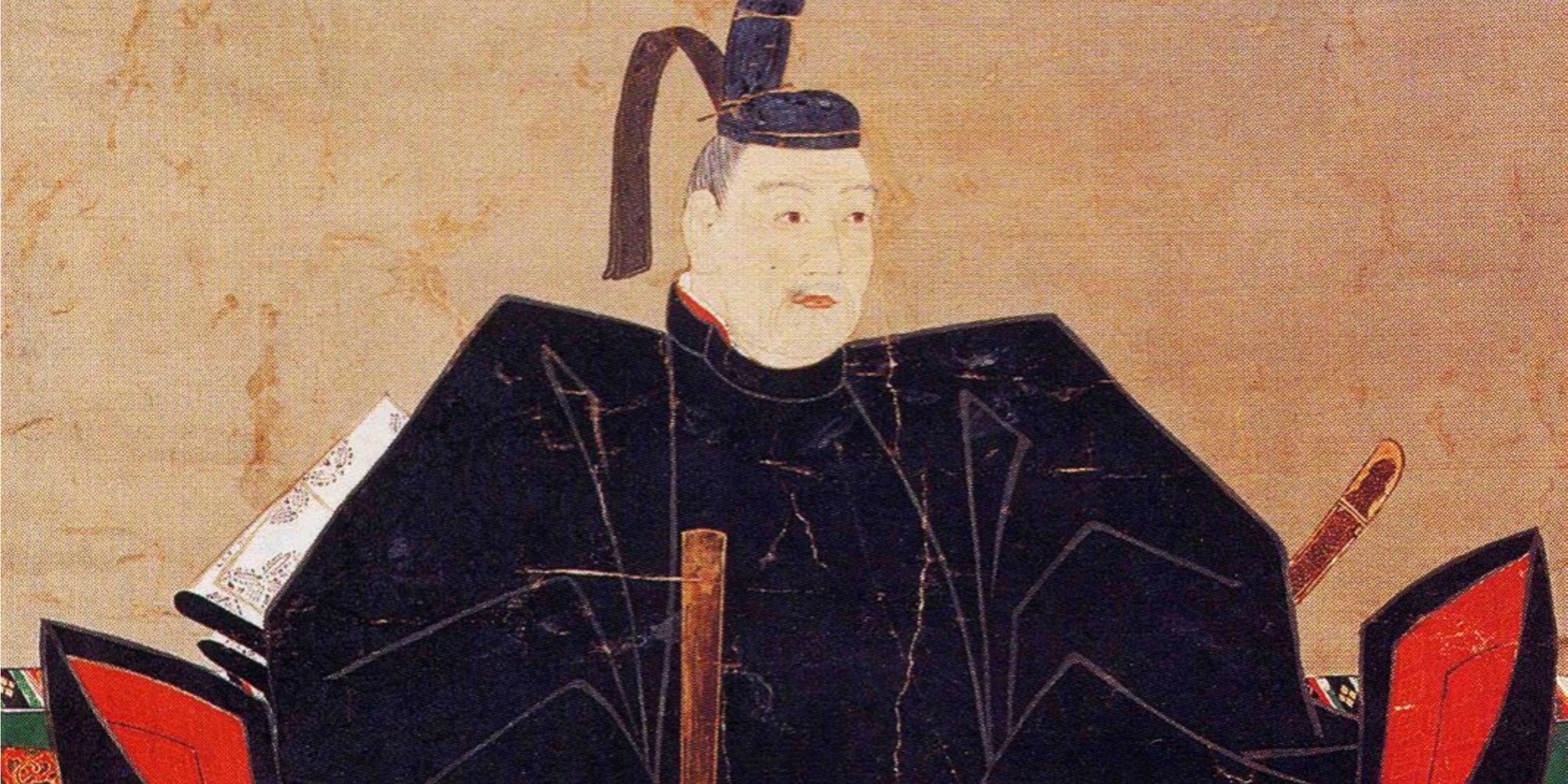Highlights
- Ooku: The Inner Chambers is a faithful adaptation of the manga with a unique blend of science fiction, romance, and historical fiction.
- The anime accurately portrays the historical aspects of the women's quarters in Edo Castle, known as the Ōoku, with a twist of having it be the men's quarters and featuring a female Shogun.
- The show includes accurate depictions of historic customs such as the ceremonial unlocking of the Great Bell Corridor and the interactions between the shogun and the Dutch representative.
Almost every single anime has its roots in a manga, and Ooku: The Inner Chambers isn't an exception. However, how it shines is in its faithful adaptation of the original comic books, and its structure is a unique period piece with an apocalyptic twist. Being a story of alternative history, it's usually filed under science fiction, but it's also romance and historical fiction.
The original manga is written and illustrated by Fumi Yoshinaga and had a long and prosperous run that lasted 16 years, from 2004 to 2020. It was adapted into anime form in 2023, but the IP has been consistently popular since the manga and was made into a live-action television series and a movie in addition to an animated show.
7 The Historic Ōoku
Historically, the women's quarters of Edo Castle were called the Ōoku, and it was designated as such by Tokugawa Hidetada in 1607. It was a real place that had many of the same rules, such as a hierarchy, titles, and a division of duties and chores as in the anime series. The residents were cloistered from the outside world and anyone of the opposite sex, the exception being the Shogun.
In the anime series, this has been flipped to be the men's quarters instead, and the Shogun is a woman. Other details of the men in the anime would have been the same for women residing in the Ōoku. For example, they would have been led by a Senior Chamberlain, and given titles, duties, and positions based on their rank.
6 The Great Bell Corridor
In Japanese, it's called the Osuzu Rōka which translates to great bell corridor. When the Shogun arrives in the court, a door is ceremoniously unlocked, the sound of bells and a herald announces their presence, and they proceed down the long aisle to the audience chamber. This long hallway was the only passage between the Inner Chambers and the rest of the palace.
This custom is shown in Ōoku as well, complete with details like the variety of clothing worn by the concubines, the bells, the herald, and the lengthy walk to the audience chamber. The show gets credit not only for its creative twists on the lives of the rich and powerful but also for its faithful re-creation of period art and architecture.
5 The Power Of Lady Kasuga
Kasuga no Tsubone was a real person. She served as the wet nurse to Tokugawa Iemitsu and eventually ascended to the highest office of the Ōoku. This was a position that was also close to the Emporer, and the character of Kasuga in the show does very much the same and is just as ruthless about it. In this case, however, she preserves the Tokugawa line by pretending that the girl Imeitsu is a boy, and only those closest to her know this secret.
The story about kidnapping a young monk and forcing him to serve as the concubine of Iemitsu is fiction, of course, but there was also an Oman in the Ooku that served with Kasuga. Oman is the female name that an angry Iemitsu gave to Arikoto when they were introduced, and that was his name for the rest of his life.
4 The Policy Of Sakoku
In 1635, Tokugawa Iemitsu began the policy of Sakoku, which closed the country off from foreign visitors. This is famously the time when all foreign trade was expelled from Japan with the only exception being the Dutch, and they were regulated to remain on an artificial island off the coast of Nagasaki.
This is a policy of the female version of Imeitsu as well, but her real motive is hiding the true ravages of red-faced pox from the rest of the world, especially the Europeans. This is a clever way to pretend the alternate history might have happened with the true reasons for the foreign lockout now lost to time.
3 Yoshiwara
Another reflection of real historic fact, the district of Yoshiwara was the red-light district of Edo in the 17th century. The practice was legal, and the area was designated as a legitimate place of business by the Shogunate.
In the anime series, the roles are flipped, with men as the ones residing in the brothels and women as their customers. The price of these men starts to become a problem, and Yoshimune solves this problem by donating a few hundred men from her substantial supply in the Ōoku.
2 The Report Of The Opperhoofde
The first episode of Ōoku is a feature-length episode, and a lot of it is expository, describing the duties and responsibilities of everyone, including the Shogun. At one point, she meets with a representative of the Dutch East India Trading Company, and this historic visit took place between the "Opperhoofde" which is another way of saying "Boss."
The Dutch emissary was only allowed to speak to the Emporer through a screen, and this custom is shown in the anime version of the meeting as well. However, historically the Dutch were not allowed to bring any women with them. This series flips this, and Yoshimune asks why he hasn't brought any women with him, suggesting that Dutch women are too weak for the trip.
1 The Use Of Male Names
All of the names used in Ōoku: The Inner Chambers can be traced to a real historic figure, and Yoshimune is the one who notices that there's something amiss about all these women taking male names. This makes the story even more immersive and realistic, suggesting that this might have been a true story but carefully guarded and now impossible to prove or disprove.
As season one of the anime comes to a close, it's revealed that Kagusa wanted to preserve the Tokugawa line, which is why Iemitsu has a man's name. This tradition continued for as long as the red-faced pox ravaged the male population, and in season two, it might be revealed how that finally ended.


